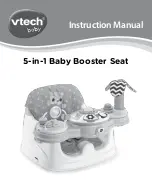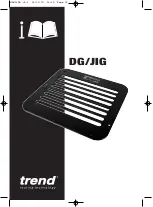
24
6. Screw the wall bracket to the inner wall, and take care to ensure that the main power supply line and, if present, the cable for
the external control device, are guided through the area of the cable entry point.
If the inner wall surfaces are uneven, or it is not vertical, then the wall bracket must be aligned using suitable
spacers or something similar.
7. Connect the power supply in the connection box in accordance with 3.2.5.1 and, if present, connect the external control device
on the unit side, in terms of the plug-in connector with the screw-type terminals in accordance with 3.2.5.2.1.
8. If necessary, shorten the EPP pipe to the length of the wall mounting pipe (available separately) +3/16” (+5 mm) or the overall
wall thickness, so that it is flush with the outside wall surface.
The cut must be perpendicular to the axis of the EPP pipe extension!
9. Install the optional sensor system module per section 3.2.5.4, if applicable.
10. As shown below, push the ventilation unit, with a clearance up to approximately 6” (15 cm) to the wall bracket, into the wall
mounting pipe so that the control board still remains freely available.
In order to make it easier to insert the ventilation unit, you should deburr the cutting edge of the EPP pipe, and
spray some silicone into the wall mounting pipe!
11. Before you push the ventilation unit in completely, the power supply (3.2.5.1), internal control panel (3.2.5.3), and where
applicable, external control device (3.2.5.2) are to be connected electrically with the control board, while wearing an ESD band.
12. Fasten the lower canopy with the left screw. The lower canopy can now be pivoted. Plug the ribbon cable into the control
panel in the position shown.
INSTRUCTIONS FOR SKILLED INSTALLERS
















































